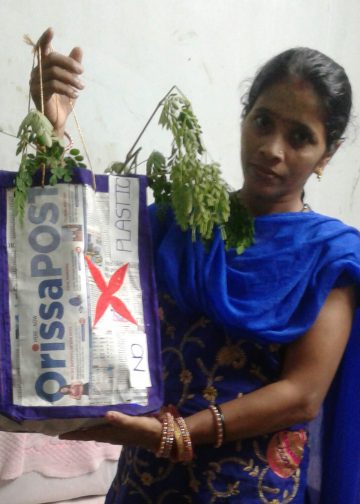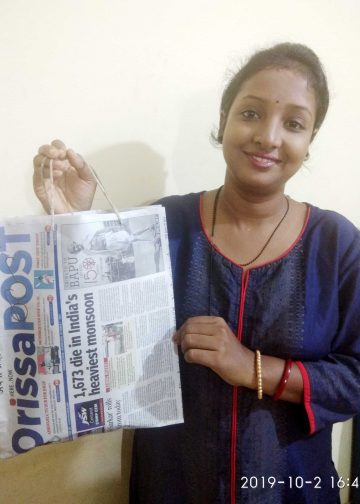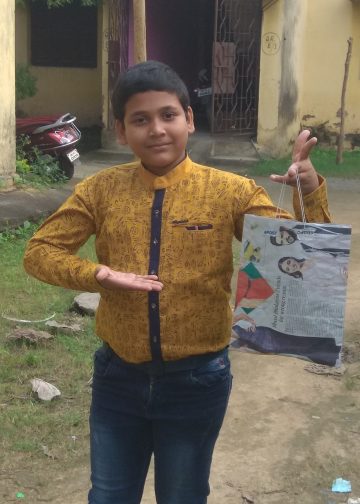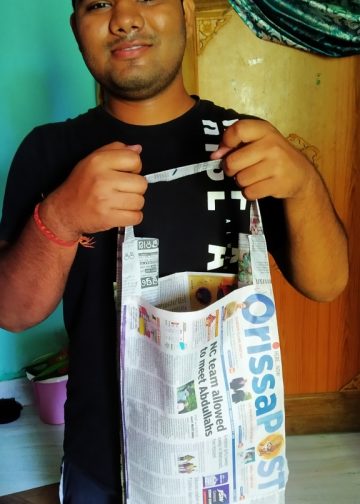Post News Network
Balasore, Sept 13: Balasore district known for its art, literature, handicraft and culture was once also famous for stone carving. It enjoyed the status of a cottage industry in Nilagiri area where artisans earned a name for carving out a wide range of products starting from utensils, idols of goddesses, legends, etc. They supplied stone products to various parts of the country and even abroad making good profits.
However, shortage of raw material, particularly, black granite has hit the traditional cottage industry adversely. Earlier, the stone carving industry thrived in Nilagiri as artisans then availed of black granite aplenty from Bishnupur in Kuladiha sanctuary.
But situation changed after Kuladiha was declared a sanctuary where stone quarrying has been banned. The artisans have to depend on substandard stones while some have to get granite from distant places, shelling out more money, artisans said.
They demanded the government to provide them black granite stones to keep their traditional craft live and save their livelihood sources.
The artisans from the area have earned name and fame in different parts of the country like Uttar Pradesh, New Delhi, Kolkata, Mumbai, Hyderabad, Chennai, and Banagalore- where they displayed their artistic skills.
Oriya artisans have been part of Akharadham temple in New Delhi and Elephant Park in
Uttar Pradesh.
One of them is Maheswar Parida from Baulagadia, who was awarded as best stone carver in 1995 at the national level.
The stone carving was at its peak in 1955 when artisans had formed a stone artisans’ cooperative society at Baulagadia with an aim of providing basic infrastructure and raw material to the artisans and facilitating marketing of their stone products.
Over 150 artisans from five panchayats of Ishawrpur, Kandagaradi, Shyamsundarpur, Mahumuhan and Manatri are members of the society. Yudistir Pradhan is the president of
the society.
In 1979, the state government had opened a modern training centre on stone carving at Baulagadia. Two teachers and another staff were engaged at the centre. However, one post of the teacher was scrapped in 2001. Earlier, 20 artisans used to get admission for a two-year stone carving course. The students were provided monthly stipend of `500. Since 2015, the two-year course has been discontinued and one-year course was introduced while the intake capacity of the training centre has been reduced to 10.
As for problems of the artisans, president of the cooperative society Pradhan said, “Earlier, artisans were unorganised and they failed to get right price for their products. After formation of the society, they started getting good prices. But major problem is shortage of raw material.” He demanded more teachers for the training centre.






































